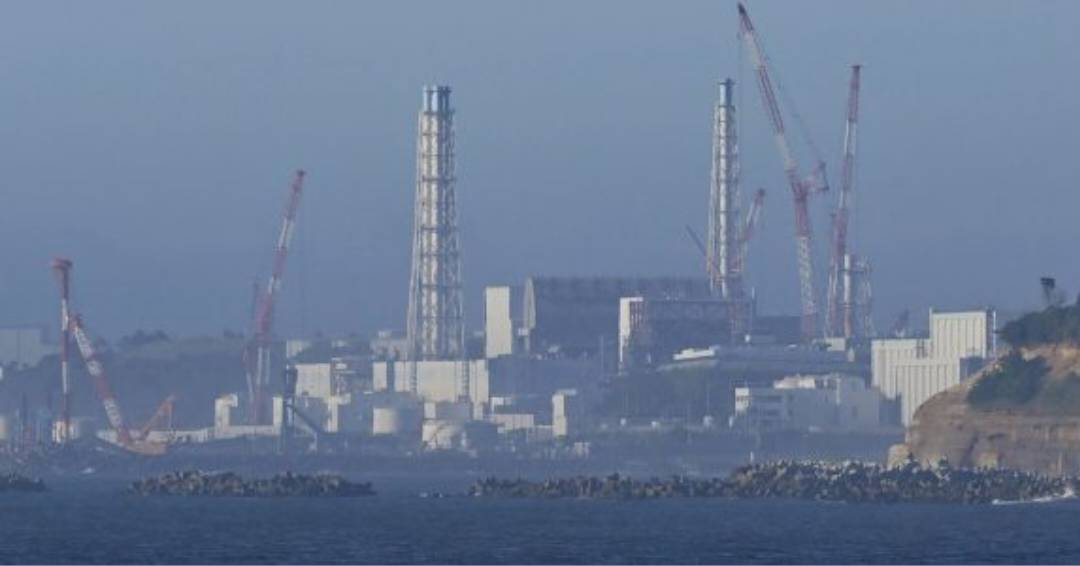
Japan initiated the controlled release of treated radioactive water from the damaged Fukushima nuclear plant into the Pacific Ocean on Thursday. This divisive action prompted vehement criticism from China, which branded it “selfish and irresponsible.” The release, sanctioned by Japan two years ago and recently approved by the U.N. nuclear watchdog, is a pivotal step in the intricate decommissioning process of the Fukushima Daiichi plant, which includes removing molten fuel.
Tokyo Electric Power (Tepco), the plant’s operator, confirmed the start of the release at 1:03 p.m. local time, with no reported anomalies in the seawater pump or nearby facilities. Prior to the release, China’s nuclear safety administration expressed its indignation. Through a spokesperson, China accused Japan of prioritizing its interests over global well-being.
China pledged to safeguard its marine environment, food safety, and public health, intensifying radiation level surveillance in its waters after the discharge. Japan, in response, criticized China for spreading “unfounded claims,” asserting that the International Atomic Energy Agency (IAEA) deemed the impact minimal.
While the wastewater release is supported by scientific evidence, it unsettled neighboring countries. Cook Islands’ Prime Minister, Mark Brown, acknowledged the scientific basis but acknowledged regional differences in perception. Japanese fishing groups, scarred by radiation fears post-tsunami destruction, resisted the plan, fearing sales losses due to export restrictions.
Hong Kong and Macau will ban Japanese seafood from specific regions, including Tokyo and Fukushima. The initial water release will be conducted in stages, beginning with about 7,800 cubic meters over approximately 17 days. The water contains up to 63 becquerels of tritium per liter, below the World Health Organization’s limit of 10,000 becquerels per liter.
Tepco foresees the entire process of releasing over 1.3 million metric tons of wastewater to span about 30 years. Civic groups in Japan and South Korea protested the release, although the South Korean government endorsed its scientific and technical aspects.
Protesters gathered briefly outside Tepco’s Tokyo headquarters, demanding not to release contaminated water into the sea. The Fukushima Daiichi plant was devastated in 2011 by a 9.0 magnitude earthquake and ensuing tsunamis, causing meltdowns in three reactors.

Post Your Comments